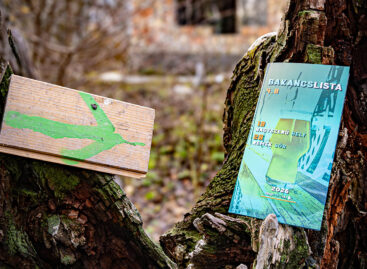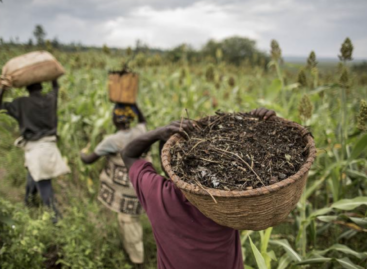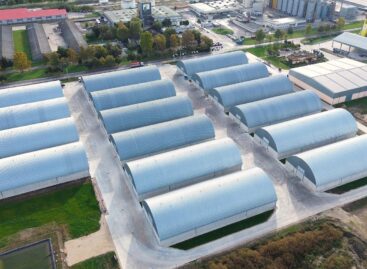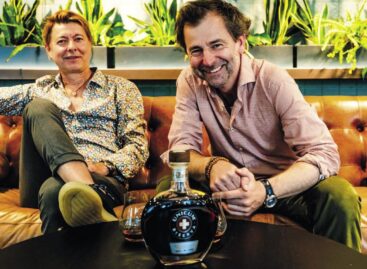The ancient beer that has been given a new life is made from surprising ingredients
An ancient Mesopotamian beer recipe has now been given a new lease of life as modern brewing has managed to use old bread crusts to make the drink, reducing its carbon footprint. The BBC reports that the recipe survived on clay tablets and is associated with Ninkasi, the goddess of beer. The special recipe used sugars from bread during brewing, which was used by the Sumerians in Mesopotamia, located in present-day Iraq.
 London-based Toast Brewing founders Tristram Stuart and Louisa Ziane set out in 2016 to revive this ancient brewing technique with the aim of reducing food waste and the carbon footprint of beer production. They got their inspiration during a visit to Belgium, where they tasted a bread-based beer. In the course of their initiative, bread scraps from bakeries were used for brewing beer.
London-based Toast Brewing founders Tristram Stuart and Louisa Ziane set out in 2016 to revive this ancient brewing technique with the aim of reducing food waste and the carbon footprint of beer production. They got their inspiration during a visit to Belgium, where they tasted a bread-based beer. In the course of their initiative, bread scraps from bakeries were used for brewing beer.
The use of bread waste has significant environmental benefits. Cereal production is a major emitter of greenhouse gases and contributes to the loss of biodiversity. With the method used by Toast Brewing, they managed to avoid 61 tons of CO2 equivalent emissions between 2016 and 2022.
Related news
How to get free beers at the trendiest places in Budapest
🎧 Hallgasd a cikket: Lejátszás Szünet Folytatás Leállítás Nyelv: Auto…
Read more >New FAO publication reminds us of the finite nature of food production resources
🎧 Hallgasd a cikket: Lejátszás Szünet Folytatás Leállítás Nyelv: Auto…
Read more >(HU) A DAV Mérnöki Kft. már tudja, hogyan kell előnyt kovácsolni az ESG-ből
🎧 Hallgasd a cikket: Lejátszás Szünet Folytatás Leállítás Nyelv: Auto…
Read more >Related news
Premium drink, premium literature
🎧 Hallgasd a cikket: Lejátszás Szünet Folytatás Leállítás Nyelv: Auto…
Read more >Responsible Gastro Hero Foundation: a sourdough and kombucha sharing campaign
🎧 Hallgasd a cikket: Lejátszás Szünet Folytatás Leállítás Nyelv: Auto…
Read more >Style, language and tools
🎧 Hallgasd a cikket: Lejátszás Szünet Folytatás Leállítás Nyelv: Auto…
Read more >






